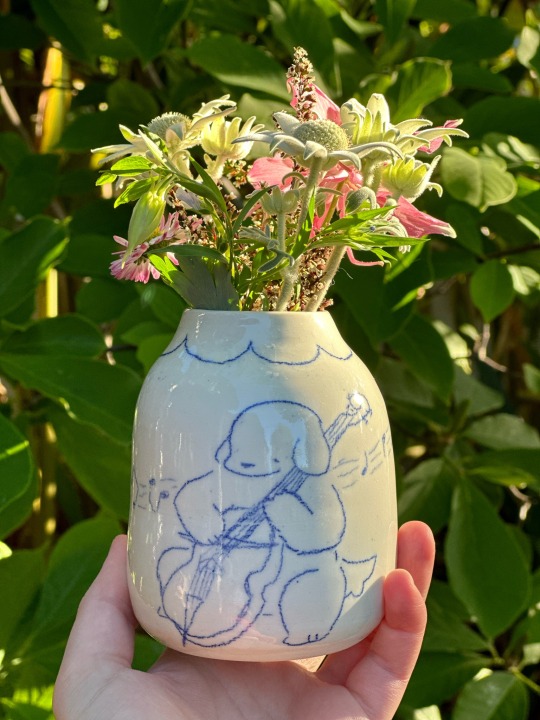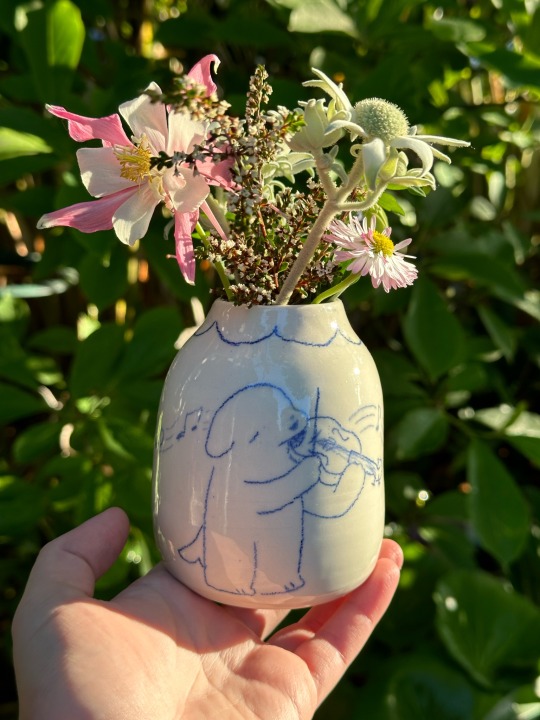#vase
Text

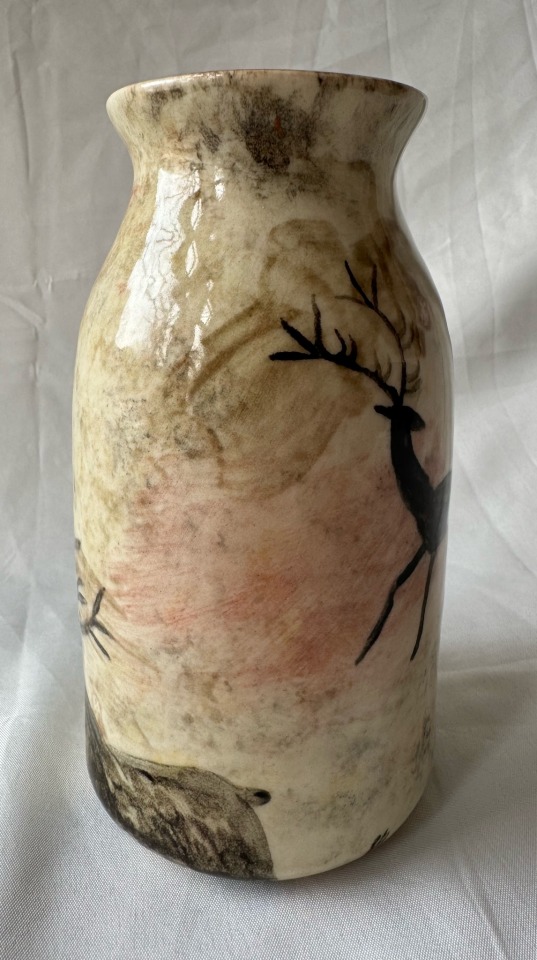
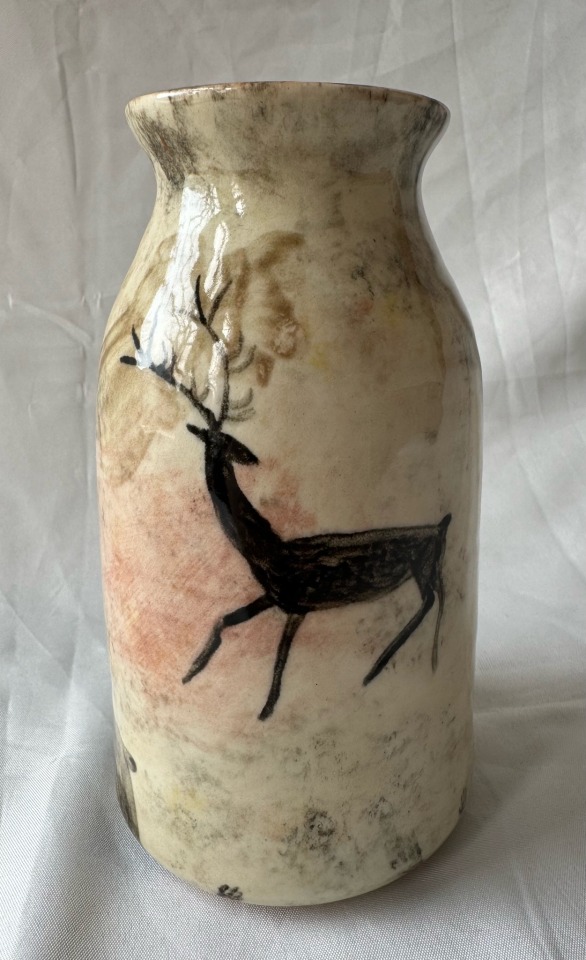



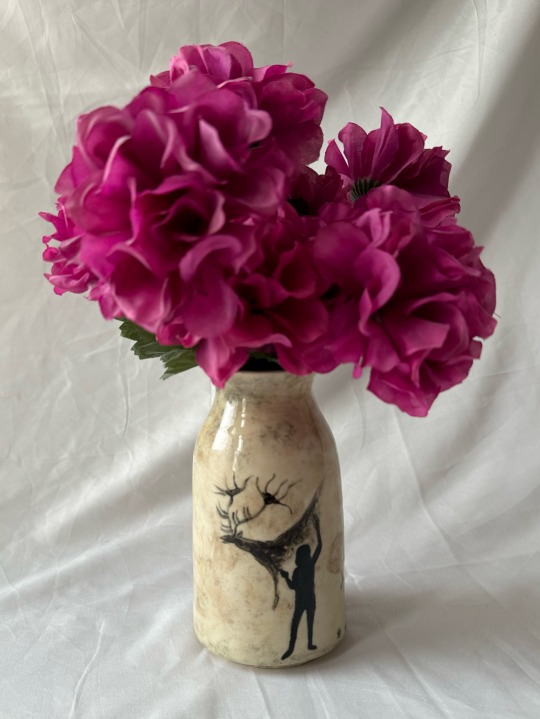
sold
#pottery#ceramic#ceramics#sgraffito#underglaze painting#cave art#cave painting#deer art#deer#artist#art#vase#glazeware#claypigeon
134 notes
·
View notes
Text
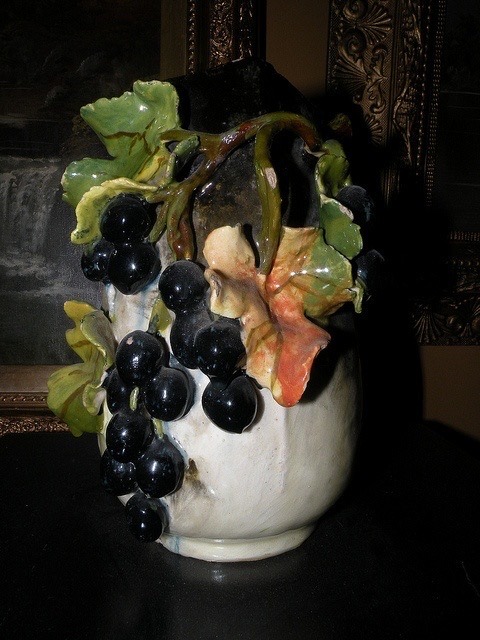
51 notes
·
View notes
Text
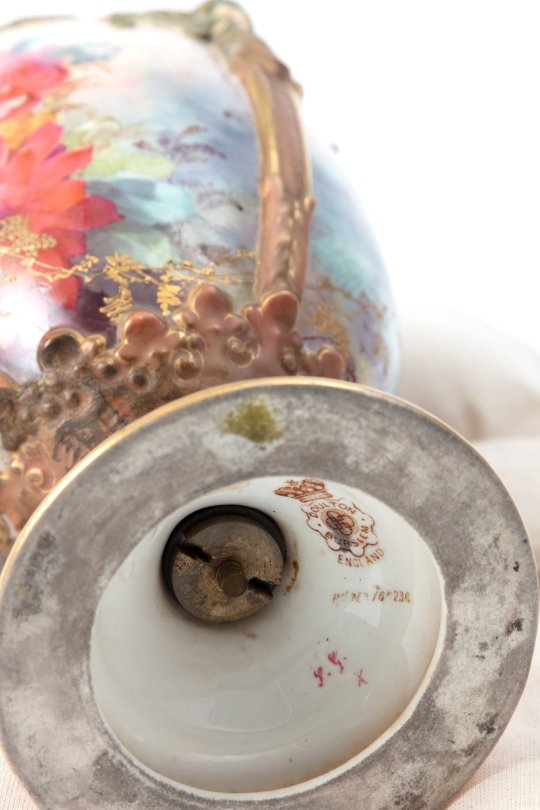


• Ewer Vase with Australian Floral Design.
Designers/Makers: modeled by Charles J. Noke, hand painted by Louis Bilton for Doulton & Co.
Place of origin: Burslem, Staffordshire, England
Date: ca. 1892
Medium: Bone china
#19th century#19th century art#art#history#history of art#decorative arts#ewer#ewer vase#vase#flowers#floral design#Staffordshire#england#bone china#ca. 1892
28 notes
·
View notes
Text

Vintage Musical Frog Planter // maliasmark
22 notes
·
View notes
Text


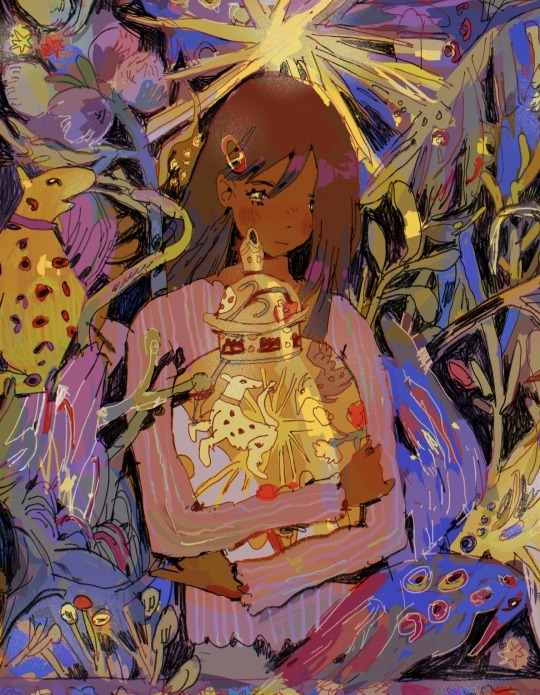
Based on a vase I saw at the Cooper Hewitt a few months ago
#illustration#my art#soupandcats#digital art#procreate#digital illustration#vase#ceramics#pottery#illust#procreate illustration
4K notes
·
View notes
Photo
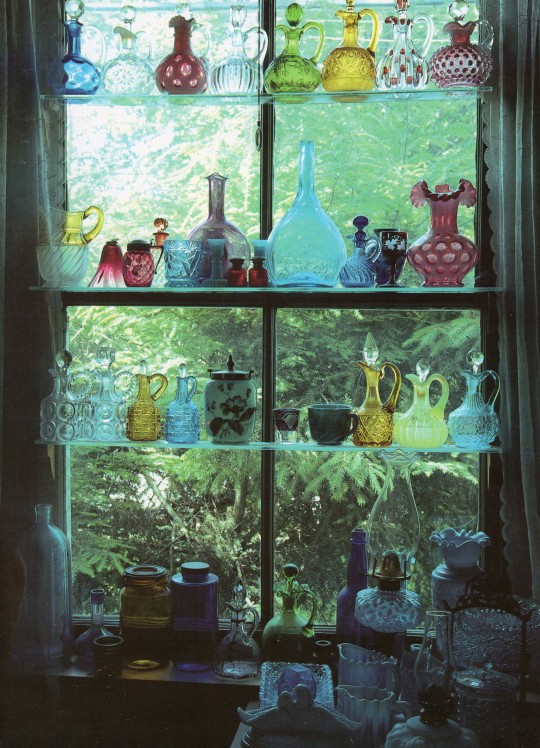
Antiques at Home, 1989
#vintage#vintage interior#1980s#80s#interior design#home decor#antique#glass#bottle#decanter#vase#jar#collection#colored glass#window#shelves
34K notes
·
View notes
Text
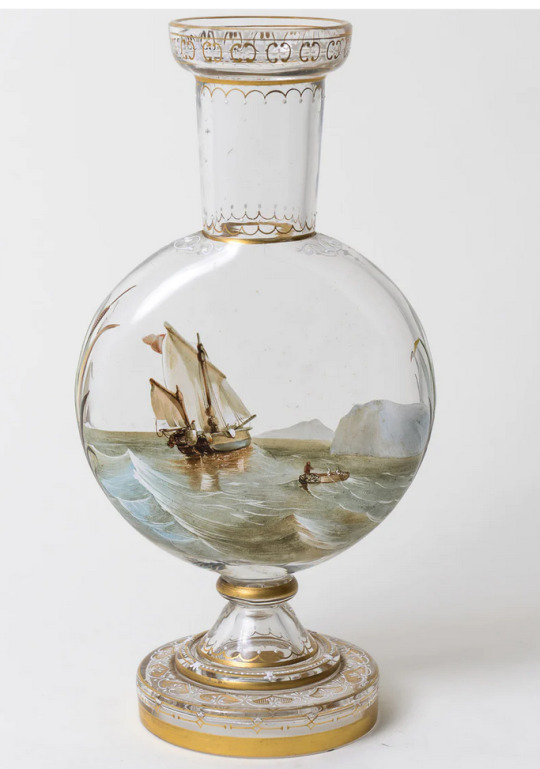
A beautiful moon shaped vase made of enamelled glass. The clear body is decorated with gilded and raised white enamel. The star of the vase is the enamelled scene, which is supposed to represent the exploration of the Arctic with a sailing ship and a small rowboat. Around 1870
4K notes
·
View notes
Text
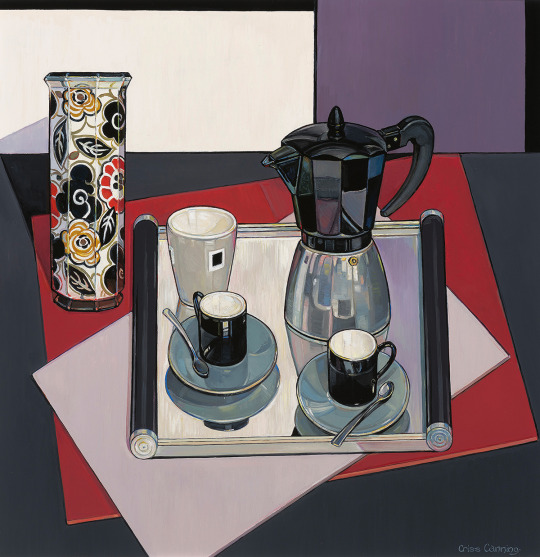
Criss Canning (Australian, 1947), The Deco Tray, 2020. Oil on board, 50.5 x 50.5 cm.
1K notes
·
View notes
Text

Nico Dembowich - Heart of the Sea II (ceramic, wheel thrown and altered)
530 notes
·
View notes
Text
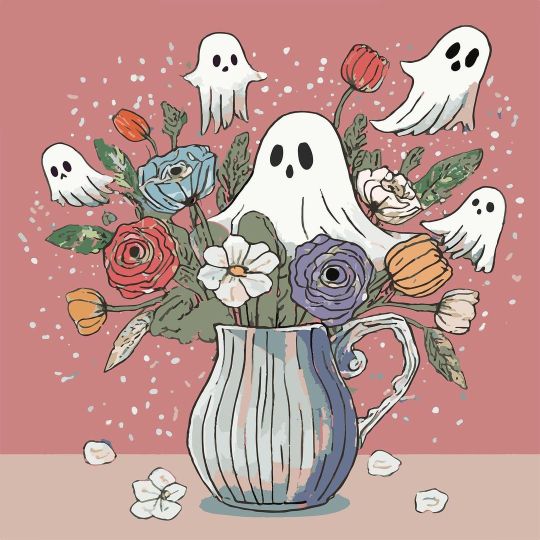
#easter#spring#ghosts#flowers#ghost#art#springtime#spring flowers#flower vase#vase#glass vase#halloween#2024#🌹#🌼#💐
488 notes
·
View notes
Text
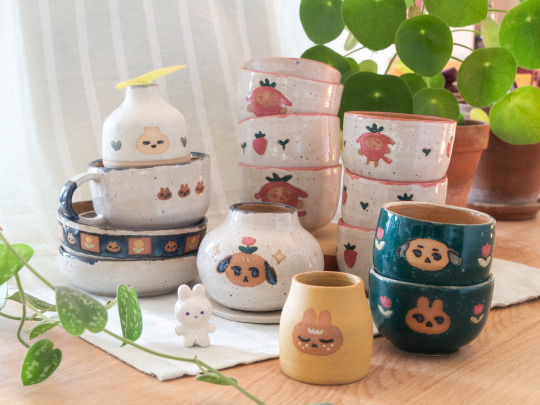
631 notes
·
View notes
Text

Qu Xiangjian - The Vase
355 notes
·
View notes
Text

'Straw opal' glass vase with uranium glass knop (British, circa 1880).
Attributed to Harry Powell (British, 1853–1922). Whitefriars Glassworks.
Image and text information courtesy The Met.
1K notes
·
View notes
Text

Garlic scapes in a rockscape in stoneware vase
1K notes
·
View notes
